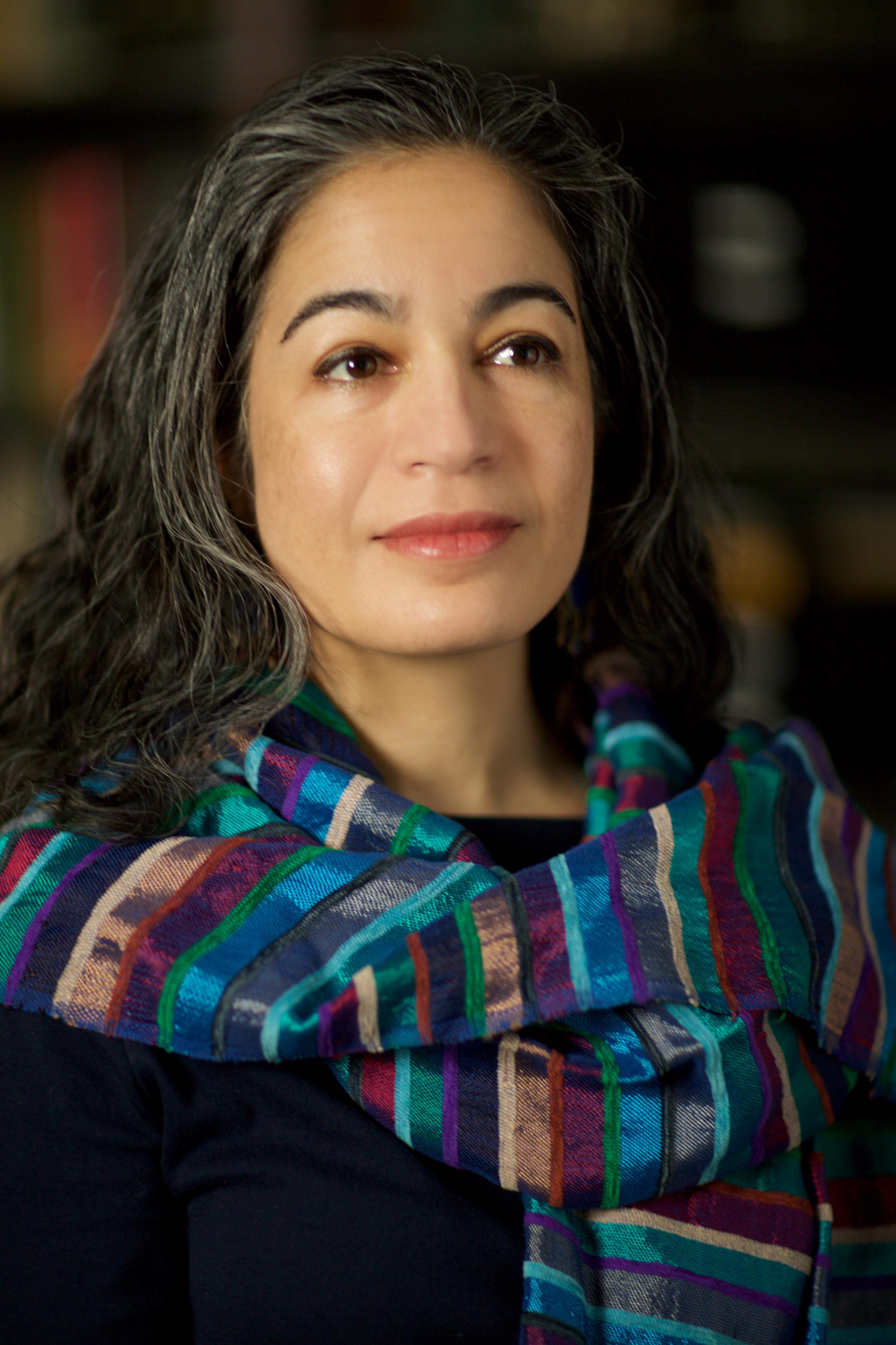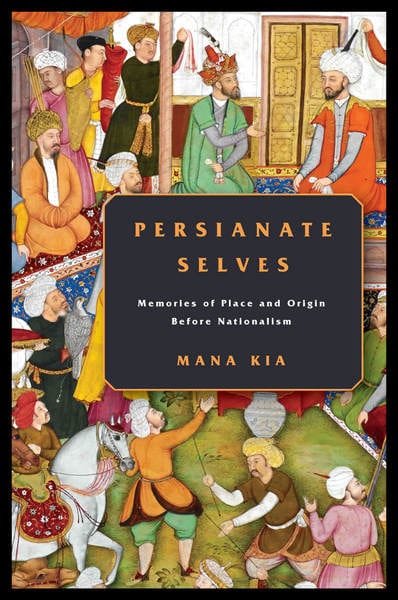
Office Hours: By appt only — Tue/Thu by appointment.
I am a scholar of the connected histories of early modern Persianate Asia with a focus on the circulation of people, texts, practices, and ideas between South and West Asia from the 17-19th centuries. I have a particular interest in hermeneutical horizons and meaning worlds Indo-Persian literary culture and social history. My work is transregional, straddling Middle Eastern and South Asian studies. It is also interdisciplinary, drawing on sources and approaches of history, literature, and historical anthropology. I make use of the methodological and analytic tools of Intra-Asian, Indian Ocean, post/decolonial, and gender and sexuality studies.
My first book, Persianate Selves (2020) explores how early modern conceptions of place and origins provided expansive possibilities of Persian selfhood.
Under the broad working group heading of “Alternate Modes of Existence,” my newer work considers how precolonial forms of knowing and being can be used to reinvigorate imaginations and furnish new resources for addressing growing intertwined crises of capitalism and climate chaos. Inspired by decolonial thought, feminist historiography, and critical philology, I seek to engage with ideas and practices of Persianate adab (proper aesthetic and ethical form) as both historical subject and analytic method.
My current book project, Another Way of Being: Adab in the Persianate World outlines how a shared sense Persianate adab (as culture) was imagined and enacted in the transregional circulation of people, texts, practices, and ideas between Iran and Hindustan just before modern empires. I treat adab as embodied ethical forms (of social conduct, for instance) tied to aesthetic forms that lived beyond the written page or word, animating social meanings and practices, and providing a grammar of experience more broadly. Beyond circulation and the shape of the Persianate world, I focus on the ubiquitous politically and socially significant forms of companionship that structured both Persianate societies and the texts that remain of them. I argue that understanding the constitutive importance of these relationships allows us to read texts anew, envision historical political forms differently, and to see a homo amicus as the normative desiring subject of Persianate culture. I also think through how to understand religious, class, and gendered difference from this normative subject.
My work has been supported by grants from the ACLS/Mellon Foundation and the Social Science Research Council (SSRC)/Mellon Foundation; as well as the Institute for Religion, Culture, and Public Life and the Center for the Study of Social Difference at Columbia. I have been a postdoctoral fellow at the Center for the History of Emotions, Max Planck Institute for Human Development in Berlin and a senior faculty fellow at the Heyman Center for the Humanities at Columbia.
Undergraduate courses regularly taught: Societies and Cultures Across the Indian Ocean (global core); Asian Humanities (global core); Contemporary Civilization (Core).
Graduate courses (all 4000-level) taught: Gender, Culture and Power in Early Modern India; Readings in Persian Texts; Transregional; and Significant Others.
In addition to research, writing, and teaching/mentoring, I have been on the executive board of the Society for the Study of Persianate Societies; Associate Editor for History for the Journal of Iranian Studies; an editorial board member of the Journal of Economic and Social History of the Orient, and on the Executive Committee of the Columbia chapter of the American Association of University Professors.
I completed my PhD at Harvard University, MA at NYU, and BA at Vassar College. I also previously taught in the History and Literature program at Harvard University.
Selected forthcoming and recent publications:
“Lingering with adab, before rushing to Literature” (special issue: “Shared Pasts for Shared Futures; Prototyping a Comparative Global Humanities,”) History of Humanities 9, 1 (Spring 2024): 65-79. (View).
“Being Persian,” Aeon (published Oct 7, 2021). https://aeon.co/essays/when-persian-belonging-was-a-generous-cosmopolitan-belonging
“Persianate ‘adab’ involves far more than elegant manners,” Psyche, a magazine from Aeon (published Oct 12, 2020). https://psyche.co/ideas/persianate-adab-involves-far-more-than-elegant-manners
Persianate Selves: Memories of Place and Origin before Nationalism (Stanford University Press, 2020).(view)
“The Necessary Ornaments of Place: Similarity and Alterity in the Persianate Imaginary,” Comparative Islamic Studies 13,1-2 (2017): 47-73. (special issue on “Iranian Cosmopolitanism,” published in 2019). (view)
“Space, Sociality, and Sources of Pleasure: A Response to Sanjay Subrahmanyam” Journal of the Economic and Social History of the Orient 61, 1-2 (2018): 252-72. (forum on Sanjay Subrahmanyam’s extended essay, “The Hidden Face of Surat: Reflections on a Cosmopolitan Indian Ocean Centre.” (view)
“Indian Friends, Iranian Selves, Persianate Modern.” Comparative Studies of South Asia, Africa and the Middle East 36, 3 (2016): 398-417 (view).
(co-authored with Afshin Marashi) “Introduction: After the Persianate.” Comparative Studies of South Asia, Africa and the Middle East (view).
“Moral Refinement and Manhood in Persian.” In Margrit Pernau et al. Civilizing Emotions: Concepts in Asia and Europe, 1870-1920. Oxford: Oxford University Press, 2015, pp. 146-65. (view).
“Adab as Ethics of Literary Form and Social Conduct: Reading the Gulistan in Late Mughal India,” in ‘No Tapping Around Philology’: A Festschrift in celebration and honor of Wheeler McIntosh Thackston Jr.’s 70th Birthday, ed. Alireza Korangy and Daniel J. Sheffield. Wiesbaden: Harrassowitz, 2014, pp. 281-308. (view).
“Imagining Iran before Nationalism: Geocultural Meanings of Land in Azar’s Ātashkadah.” In Rethinking Iranian Nationalism and Modernity: Histories Historiographies, ed. Kamran Aghaie and Afshin Marashi. Austin: University of Texas Press, 2014, pp. 89-112. (view).
“Limning the Land: Social Encounters and Historical Meaning in Early 19th-century Travelogues between Iran and India.” In On the Wonders of Land and Sea: Persianate Travel Writing, ed. Roberta Micallef and Sunil Sharma. Boston: Ilex, Distributed by Harvard University Press, 2013, pp. 44-67. (view)
“Muhammad ‘Ali ‘Hazin’ Lahiji (1692-1766), Tazkirat al-ahval (1742),” Accessing Muslim Lives, http://www.accessingmuslimlives.org/.
“Accounting for Difference: A Comparative Look at the Autobiographical Travel Narratives of Muhammad ‘Ali Hazin Lahiji and ‘Abd al-Karim Kashmiri.” Journal of Persianate Studies 2 (2009): 210-236. (view)
co-authored with Afsaneh Najmabadi and Sima Shakhsari, “Women, Gender, and Sexuality in Historiography of Modern Iran.” In Iran in the 20th Century: Historiography and Political Culture, ed. Touraj Atabaki. London: I.B. Tauris, 2009, pp. 177-197. (view)
“Negotiating Women’s Rights: Activism, Class, and Modernization in Pahlavi Iran.” Comparative Studies of South Asia, Africa and the Middle East 25,1 (2005): 227-244. (view)


